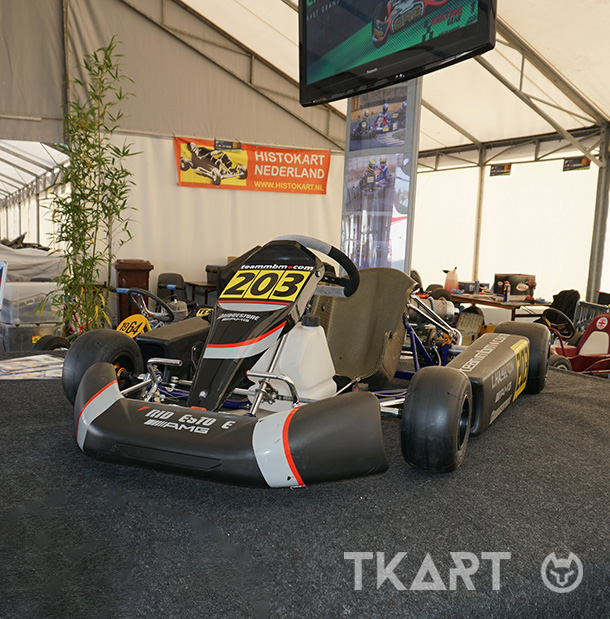Frequent Searches
Frequent Searches

 Exclusive Content
Exclusive Content

The seat, made by Recaro has the feature of wrapping and protecting the driver, especially in the legs area. This particular form has been used by several seat manufacturers who, currently, have developed it using different materials to increase or decrease the chassis flexibility depending on the kart setup.
The axle has a diameter of 45 mm, a particular measurement adopted by CRG for a short period of time. At the performance level, it can be said that the real difference takes place from the 40 mm diameter and upwards. Thus, the 45 mm are very similar to the 50 mm, the most commonly used and chosen measurement, because it is easier to find it in the marketplace.
The fairings are the CIK 02 by KG, approved in 1997. The kit, one of the most commonly used in that period, consists of a front spoiler that is more tapered with respect to the previous homologation model, equipped with a spring hook attachment system, as per the regulations at that time. The front fairing number plate as well as the squared side fairings certainly do not enhance aerodynamics like the latest homologation models do. At the rear, the bumper is made of iron, with the addition of an anti-intrusion bar for greater safety in the event of a rear-end collision.